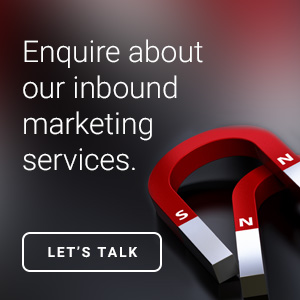What are you really trying to accomplish with your web campaign?
Although most business owners and executives would answer without hesitation that they want to "increase sales," that isn't always a realistic goal. Some products and services are too complex (or high-priced) to hope for buyers to make an instant decision. In those situations, it makes sense to ask potential customers to take smaller, intermediate steps – usually referred to as "micro-conversions" or "free online offers" geared for lead generation – that inch them closer to a finished sale.
Recognizing that all purchases might not be the real goal of your campaign puts a new focus and perspective on PPC and other forms of Internet marketing. Marketers who have complex products, those with long sales cycles, or those with higher price points might want to consider a more balanced approach.
Here are a handful of ways to help you put your entire campaign together and have it work efficiently:
Make sure your ads and landing pages are working together.
Too often, online marketers follow a formula that looks something like this: write ads that make buyers want to click, and then create landing pages that make them want to buy. Individually, those are sound concepts, but it's important that the two are congruent – visitors should see ads that hint at the content on your landing pages; otherwise, they will be disappointed and click elsewhere, while your ads will have been wasted.
Make sure money isn't being wasted on poor prospects.
In the same way, some searchers are unlikely to follow through with your lead generation goals, or worse, to ultimately ever buy from you. If there's a certain segment of the market that isn't receptive to your brand, won't pay your prices, or is otherwise not likely to follow the process through to the end, then trying to convert them to the next step in the process is a waste – they may take a small action, but are just adding "noise" to your sales funnel without any real promise of results.
Make micro-conversions realistic.
Just as most customers won't instantly buy an expensive or complex product, lots of people won't agree to meet with a salesperson right away or take a different step if it feels like a big commitment. When in doubt, make your micro-conversions small (like signing up for a newsletter or downloading a white paper) and then move customers through the sales process slowly. Asking them to do more than they're comfortable with just leads to wasted opportunities.
Know the value of each conversion process, and the probability of each.
This really comes down to understanding your sales funnel. For every potential customer who signs up for your newsletter, for example, you might determine that they have a 20% chance of buying. Maybe that number increases to 50% once they have met with a member of your team. The specific figures aren't important at this stage, but knowing what they look like is crucial.
Always work to increase these values and ratios.
Once you understand the ratios and probabilities involved, you can start to deduce your value-per-lead at each step, which allows you to make the right investments in your online advertising campaign. At the same time, you should always be split-testing and optimizing pages to increase these ratios at each point in the process. You might not ever get to the point where 100% of potential customers buy from you, but moving steadily closer is a great way to sell more while spending less.
Not every customer is going to buy right away, and not every product or service is structured for a quick sale. By focusing your attention on micro-conversions via lead generation activities, you can continually add new prospects into your sales funnel and work towards more consistent bottom-line performance. It might not be as gratifying as the occasional instant purchase, but it could make more sense for your business website in the long run.




